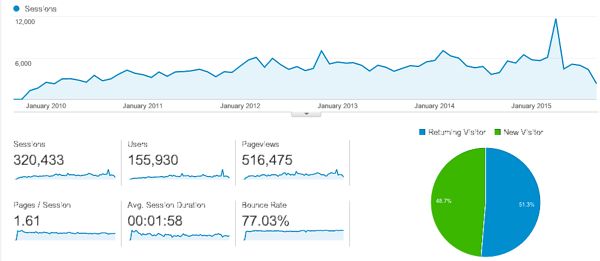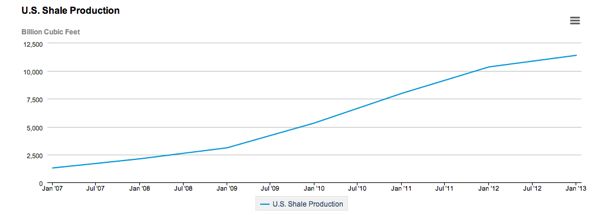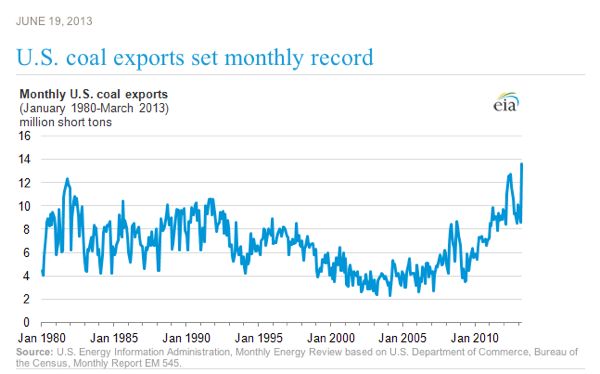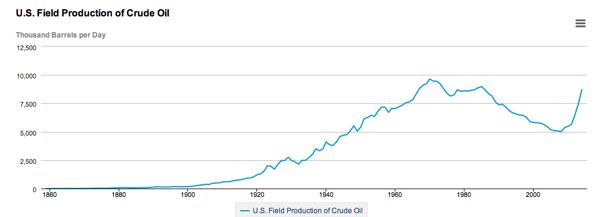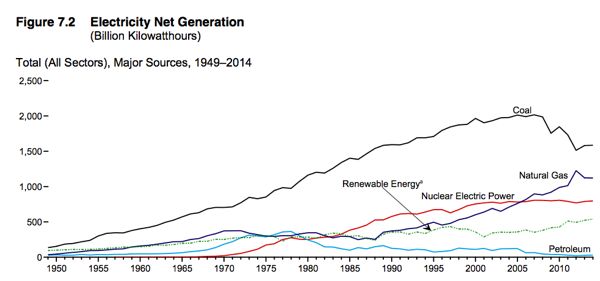Beware “A False or Superficial Ecology Which Bolsters Complacency and A Cheerful Recklessness”
The Pope arrived in the US today and was greeted by President Obama.
Meanwhile, the elites up at idyllic Duke Farms – unwitting targets of much of the Pope’s withering analysis and scathing criticisms – apparently felt that the Pope’s arrival was perfect timing to publish an Op-Ed.
Now, this wasn’t just any Op-Ed.
This Op-Ed was – like the Pope’s visit – special.
You see this self congratulatory Op-Ed touted Duke’s receipt of an award from the worst DEP in the 50 year history of the institution, the Chris Christie DEP.
And what was the DEP award issued for?
None other than that bold policy of “Stewardship”:
Since we’ve written so much about Duke Farms, Mike Catania and the fraud called “stewardship”, in the spirit of the Pope’s visit and his magnificent encyclical, we’ll rely on the Pope’s words, which are incredibly apt:
At the same time we can note the rise of a false or superficial ecology which bolsters complacency and a cheerful recklessness. As often occurs in periods of deep crisis which require bold decisions, we are tempted to think that what is happening is not entirely clear. Superficially, apart from a few obvious signs of pollution and deterioration, things do not look that serious, and the planet could continue as it is for some time. Such evasiveness serves as a licence to carrying on with our present lifestyles and models of production and consumption. This is the way human beings contrive to feed their self-destructive vices: trying not to see them, trying not to acknowledge them, delaying the important decisions and pretending that nothing will happen. ~~~ Pope Francis; ON CARE FOR OUR COMMON HOME (p. 59) (2015)
[End Note: the phrase “stewardship” should be treated like “Less filling – tastes great!”
It is a slogan. And as a slogan, it is designed to obscure and obfuscate reality to mask an agenda. It has no operational definition or standards or measurement or performance metrics and thus is inherently prone to abuse.
If private conservation groups, private land owners, and private corporations – with private money – want to engage in whatever they believe is stewardship of their private property, or dupe their members, shareholders, investors, and the public, then have at it.
But don’t import the concept into public policy, law and regulation and financial subsidy.
If governments want to burn fields or log forests; or spray chemical herbicides/pesticides; or dump sewage or dredge spoils in wetlands; or dredge streams; or destroy wetlands or riparian vegetation; or privatize public lands; or grant permits to developers that bend laws and regulations; or any of a myriad of mitigation, offset, trading, or flexibility schemes; then let them justify and publicly defend those proposals based on data and ecological science, not slogans like “stewardship”. ~~~ end]
